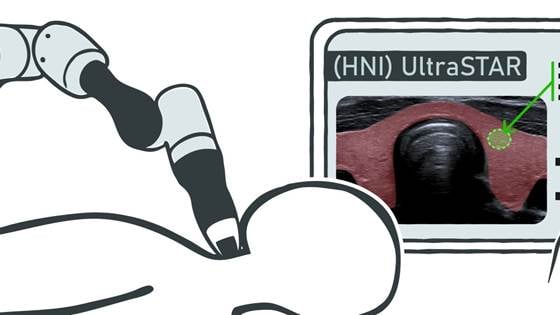
Robot-assisted ultrasound examination of thyroid nodules — (HNI) UltraSTAR
The primary goal of this project is to test if ultrasound scanning of the thyroid gland is feasible using a robotic arm, without any radiologist present.

The primary goal of this project is to test if ultrasound scanning of the thyroid gland is feasible using a robotic arm, without any radiologist present.
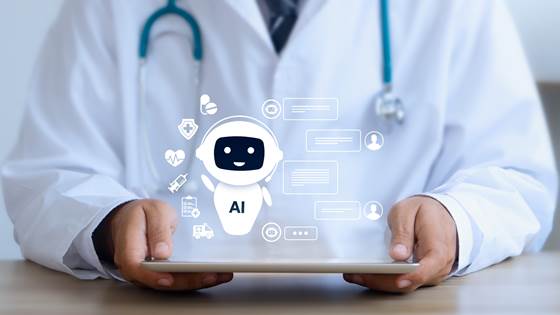
This project focuses on responsible integration of artificial intelligence (AI) into general practice in Germany, specifically through co-development of an AI-powered chatbot.

The project conducts follow-up research on the “Usability Program,” which aims to improve the usability of the Helseplattformen system. Insights from the research will help the Program achieve its goals. Increased usability leads to greater...

Our aim is to develop a next-generation diagnostic device that can detect carbapenemase-producing bacteria directly from patient samples - such as blood, urine, or swabs - in under 15 minutes, without the need for time-consuming lab cultures.

Healthcare researchers at SINTEF will conduct a research project for the Program for Urban Research (KS), with Stavanger Municipality as the project owner. The purpose of the project is to shed light on the challenges in mental health and substance...

The project is a nine-year research-based evaluation of the Escalation Plan for Mental Health. The evaluation will provide knowledge about implementation and results and form the basis for adjustments of the plan along the way.

The purpose of the research project is to generate new knowledge about how children experience living temporarily outside their parents’ home after a care takeover by the child protection service, both in the short and long term.
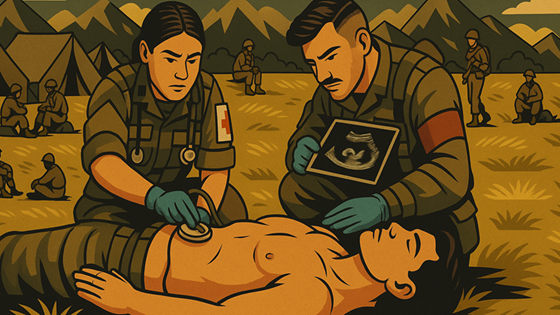
AI POCUS CCC aims to enhance military triage and combat causality care (CCC). Creating artificial intelligence (AI)-guided ultrasound solutions to contribute to faster diagnoses, improved treatment outcomes, and reduced unnecessary evacuations from...
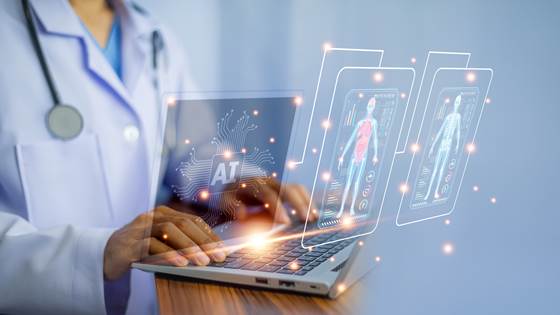
The AI for General Practitioners-project explores how artificial intelligence can support general practitioners (GPs) in Norway. In the context of the GP crisis, the project investigates how generative language models can improve decision support and...

This evaluation project is part of a larger study on resource utilization in the air ambulance services. For a period of five months in 2024, Emergency Medical Communication Centre (AMK) Sør-Trøndelag has been piloting the presence of an on-site AMK...
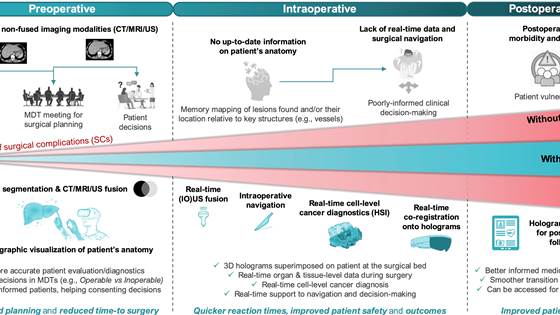
The HoloSurge project will provide surgeons with a visualization and navigation tool that can improve clinical decision-making and reduce the risk of surgical complications in cancer surgery.

To develop and evaluate a new community-based comprehensive, holistic, goal-oriented multi-symptom rehabilitation programme tailored to the needs and circumstances of each individual.

The project aims to shed light on the challenges children and adolescents face in managing anaphylaxis, a potentially life-threatening hypersensitivity reaction.

Evaluation of National care pathways in Child welfare service will provide knowledge about whether, and how, the care pathway contributes so that more children and young people in Child welfare service receiving the necessary health care.

Through a multi-year research project, SINTEF researchers aim to generate new knowledge about the work environment and working conditions for employees in Norway.

The WAge project will develop and validate the first comprehensive framework for assessing and understanding the roles and interactions between physical and psychosocial risk factors across age groups through robust modelling and policy-relevant...

The objective of the BreathSense project is to create an innovative clinical workflow and a portable breath diagnostics device that can provide real-time, in-home monitoring of patients, allowing for the early prediction of exacerbations in Chronic...

The aim of the initiative "Gode pasientforløp" is to support municipalities and hospitals in improving transitions in patient pathways and ensuring users' needs for integrated, safe, and coordinated services.